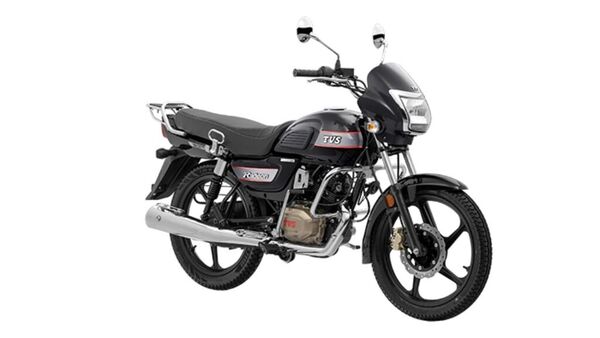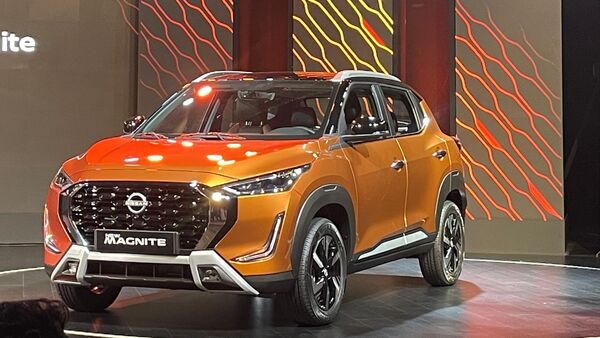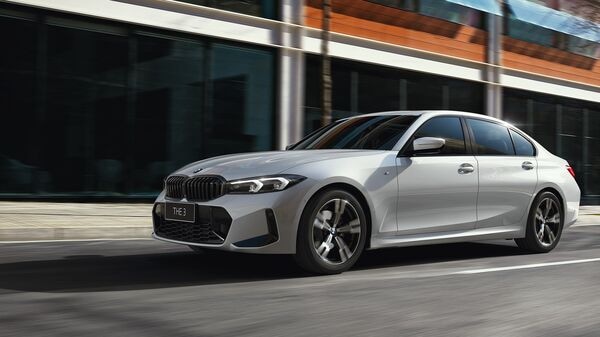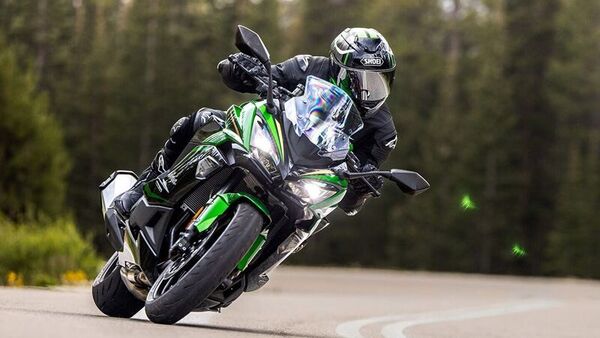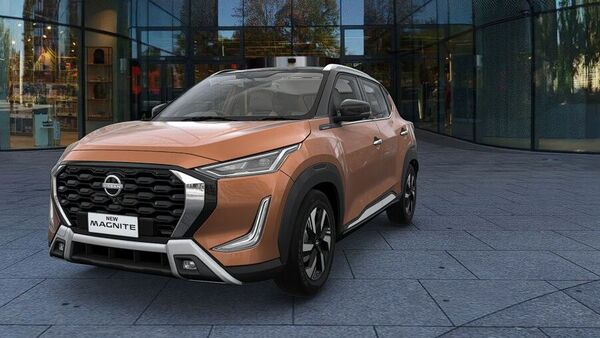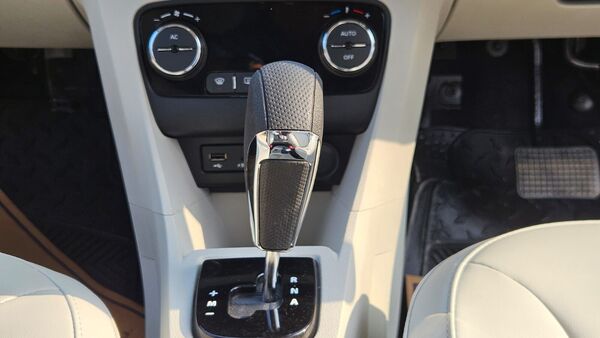
AMT vs DCT: What makes them different despite being in the same league?
4 months ago | 45 Views
In a country that is known for notorious urban traffic situations, automatic cars are finding an ever-increasing footprint. The clutchless dual-pedal technology, popularly known as automatic transmission is witnessing a rise in consumer preference, vehicular penetration and sales across India over the last few years. In India, urban areas have been known for highly congested traffic conditions due to narrow roads, high vehicular population etc. In such bumper-to-bumper traffic conditions, driving an automatic transmission-equipped car comes as bliss, compared to driving a manual one.
In the Indian passenger vehicle market, there are several types of automatic transmission technologies available, which include AMT, iMT, CVT, DCT etc. Lately, Automated Manual Transmission or AMT has been gaining increasing popularity among consumers. The DCT, on the other hand, is one of the widely popular and older forms of automatic transmission technology, available in the automotive world.
Here is an explainer, deconstructing what the AMT and DCT transmissions are.
Automated Manual Transmission (AMT)
The AMT ranks among the most successful and widely popular automatic transmissions globally. In India, AMT technology is also gaining increasing popularity among consumers. Automakers like Maruti Suzuki, Tata Motors, and Hyundai are offering a wide range of AMT-equipped models in their product portfolio. The AMT is meant to reduce the driver's input to a bare minimum. It comes equipped with a host of sensors, actuators, and other mechanical components that get instructions from the car's ECU, which comes pre-programmed. In this technology, the only interaction between the system and the driver happens through the accelerator and brake pedal.
Dual Clutch Transmission (DCT)
DCT is one of the most sophisticated automatic transmissions available in mass-market cars. It is an older automatic transmission technology compared to the AMT technology. DCT technology has trickled down from higher-end sports cars and supercars and gradually refined over time. Just as the name of the system indicates, DCT has two different clutches that operate two sets of gear ratios, in odd and even manners. In this technology, a computer pre-selects what it feels would be the next required gear using the second clutch. The computer uses multiple parameters to judge the upshift and downshift requirements.
AMT vs DCT: Cost
The costs of manufacturing AMT are much cheaper compared to the costs required for DCT. This is why most of the mass-market cars tend to use AMT instead of DCT. Also, the AMT cars are much more affordable compared to the DCT models. Not only ticket price but in terms of cost of ownership as well, AMT cars offer more affordability to the consumers compared to DCT models.
AMT vs DCT: Fuel economy
Automatic transmissions have been known for gobbling more fuel than their manual counterparts. However, AMTs have been defying that trend as this technology has been known for offering impressive fuel economy and in some cases, even better numbers than their manual siblings. On the other hand, the DCT technology is not as fuel-efficient as the AMT.
Read Also: tata altroz racer revs up for june launch. here’s what to expect


